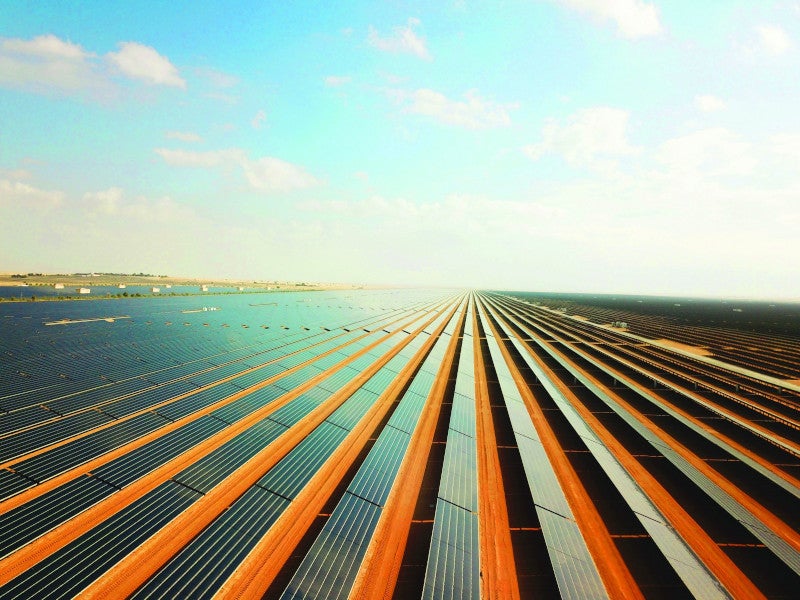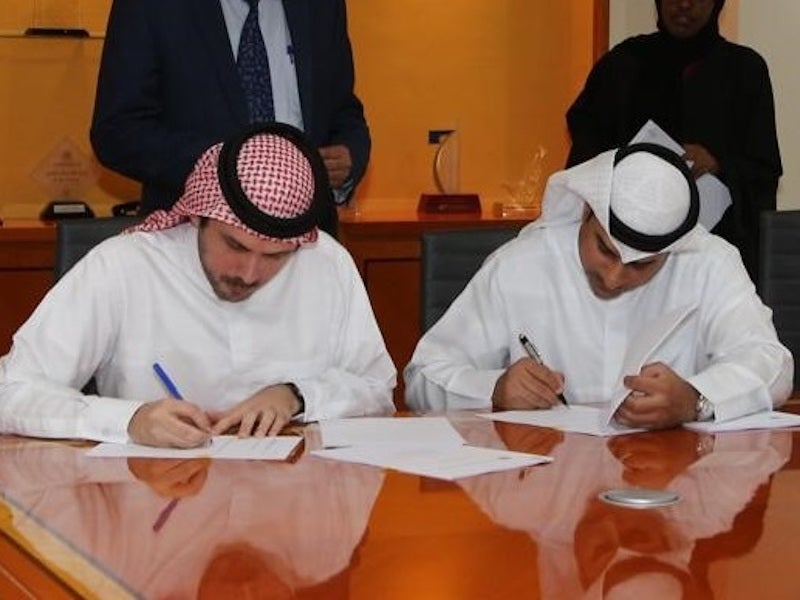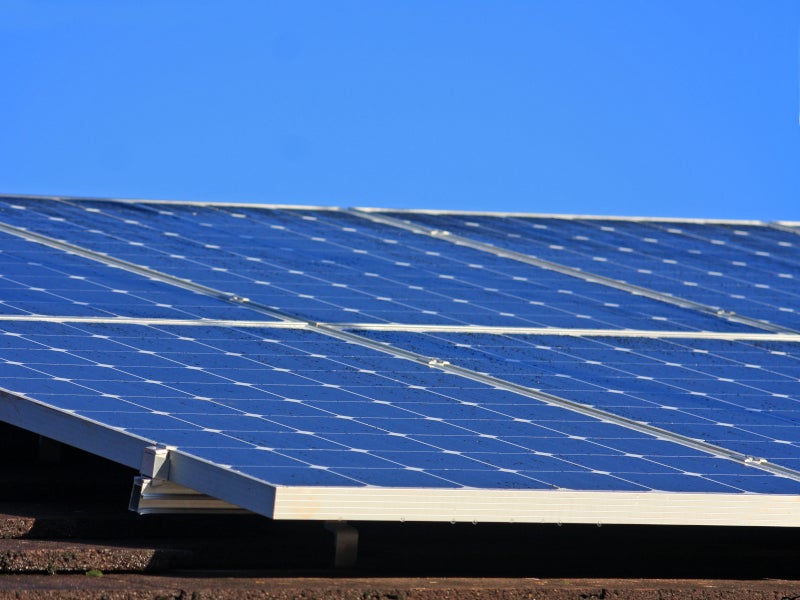The Ibri II is a 500MW photovoltaic (PV) solar power project located in the Ad-Dhahirah region of Oman. It will be the first utility-scale renewable energy facility in the Sultanate of Oman.
The Ibri II independent power producer (IPP) project is being implemented under build, own and operate (BOO) model by the Shams Ad-Dhahira Generating Company, which is a special purpose vehicle (SPV) incorporated by ACWA Power (50%), Gulf Investment Corporation (40%), and Alternative Energy Projects (10%).
The project is backed by a 15-year power purchase agreement with the Oman Power and Water Procurement Company (OPWP).
The financial closure on the £345m ($400m) solar power project was achieved in March 2020 with the commissioning of the solar farm expected in the second quarter of 2021.
At peak capacity, the Ibri II solar farm is expected to generate enough electricity for approximately 33,000 Omani households while offsetting approximately 340,000 tonnes (t) of CO2 emissions a year.
Location and site details
The Ibri II IPP solar project is located in a 13.27km2 undeveloped area within the Ibri Wilayat (Province) of the Ad-Dhahirah Governorate of Oman, approximately 300km away from Muscat
The project site is located west of the Ibri town, adjacent to the Buraimi-Ibri highway, approximately 100km away from the border with the UAE. The land for the project has been allocated by Oman’s Ministry of Housing under a 25-year lease agreement.
The Ibri II solar farm site is located adjacent to the 1.5GW Ibri gas-fired IPP, also developed by ACWA Power, which commenced operation in May 2019. The site is located at an elevation of approximately 285m above sea level.
The Ibri II solar project background
The Oman Power and Water Procurement Company (OPWP) selected the consortium led by ACWA Power to design, construct, finance, and operate the 500MW IPP solar power project in March 2019.
A 15-year power purchase agreement (PPA) for the project was signed between OPWP and the Shams Ad-Dhahira Generating Company in the next month.
The environmental and social impact assessment (ESIA) for the project was completed by the end of 2019.
The Ibri II IPP solar project is intended to fill the electricity supply gap during the peak demand as well as reduce the dependence on fossil fuels-based electricity generation.
Project financing
The Ibri II solar project is being financed through 70% debt and 30% equity investment.
ACWA Power announced the financial closure after securing £237m ($275m) of debt financing from a group of six international and local banks in March 2020.
The Asian Infrastructure Investment Bank (AIIB) approved £51m ($60m) of non-sovereign funding in the same month, while the remaining five lenders for the project are Bank Muscat, Riyad Bank, Siemens Bank, Standard Chartered Bank, and Warba Bank.
Ibri II solar farm make-up
The Ibri II solar project is being developed on a 1,327ha-site out of which the PV field will occupy 1,154ha.
The solar farm will consist of approximately 727,849 bifacial solar PV panels modules mounted on single-axis trackers arranged in multiple rows. The project will utilise 3,204 inverters and two 220MVA transformers.
The electricity generated by the solar farm will be transmitted through two 11kV power cables connecting a new 220kV substation to be constructed at the south-eastern boundary of the project site. The substation will be owned and operated by the Oman Electricity Transmission Company (OTEC).
The electricity from the OETC substation will be fed into the existing grid through two 220kV underground power cables.
Contractors involved
Powerchina Huadong Engineering Corporation (HDEC), a subsidiary of Powerchina, is the engineering, procurement, and construction (EPC) contractor for the project.
China-based Jollywood is the supplier of solar modules, while Sungrow is supplying the inverters for the Ibri II solar project.
The First National Operation and Maintenance Company (NOMAC), a subsidiary of ACWA Power, will be responsible for the operation and maintenance of the Ibri II solar farm.
Yahya Engineering and 5 Capitals Environmental & Management Consultancy (5 Capitals) were engaged in conducting the environmental and social impact assessment (ESIA) for the Project.





